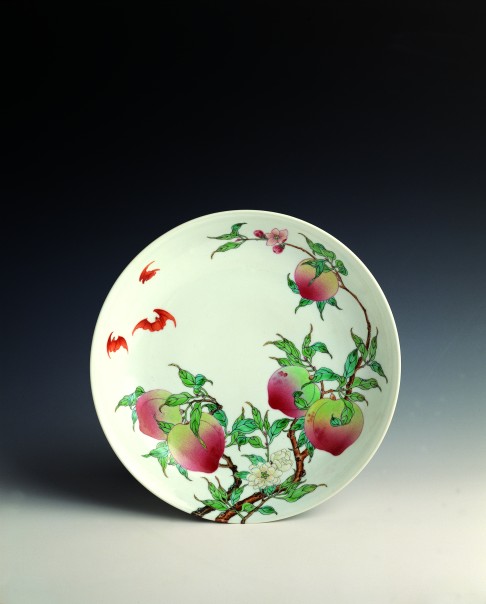
Why Asia Society in Hong Kong has a thing about bats
Colony of nesting fruit bats forced redesign of group's Admiralty headquarters - the start of a special relationship that's seen it mount an exhibition devoted to art of the bat.
The Asia Society had to send the architects of its HK$400 million Hong Kong centre back to the drawing board when it discovered a colony of fruit bats residing among the palm trees that were meant to be taken down for an elevated bridge – a major design feature of the restored explosives magazine. In order to protect the bats and their habitat, the bridge became the rather circuitous affair that amuses so many of today’s visitors, and the trees were left alone.
That was the start of the Admiralty centre’s special relationship with these creatures of the night, and now it is launching an exhibition that celebrates their role in traditional Chinese art.
Bats, bearers of bad omen in most occidental traditions, are beloved by the Chinese – at least when they are in the form of a highly stylised motif – for the simple reason that their name, fuk, is a homophone of the word for luck.

For the exhibition, the Chantal Miller Gallery has been turned into a bat cave using a bat-themed mural and projections, while elegant and unmistakable silhouettes of the palm trees’ residents outside are seen on all the exhibits. These include a pair of famille-rose plates from the time of the Qing emperor Yongzheng, a silk fan painted by the Lingnan-style ink master Gao Jianfu in 1904, and a Qing dynasty court robe.
According to curator Xu Xiaodong, associate director of the Chinese University of Hong Kong’s art museum, the bat motif has been popular since the Ming dynasty. It can be used on its own or with other signs to form more complex meanings. For example, a bat, a deer, cranes and the Taoist goddess Magu appearing together will bring blessings, fortune and longevity.
The exhibits come from numerous local sources, including Chinese University’s own collection and the Hong Kong Museum of Art. There will also be a short film by artist Sun Xun that uses bats and other animals drawn in ink to tell the story of how China's first emperor, Qin Shihuang, sent Xu Fu on a quest for immortality.
Bat Cave: Treasures of the day and creatures of the night, September 16, 2015 to January 3, 2016, Chantal Miller Gallery, Asia Society Hong Kong Centre, 9 Justice Drive, Admiralty, Hong Kong

